“Small but strong”: that’s how the Small Creative team, an XR studio and production company based in Paris, humorously describes itself. After supporting a number of VR producers, and a Covid crisis that gave rise to new desires and a new internal strategy, the company headed by Vincent Guttmann, Jean Dellac and Voyelle Acker is now producing its own projects – and developing turnkey distribution solutions for the cultural sector. By 2023, several experiments had gone into operation in Europe and Japan – and the door to international festivals was opening.
Vincent Guttmann – My career began with the Duboi group in 1998, then with the Quad group around 2005, as head of 2D (compositing and finalization). Then at Digital District after the success of INTOUCHABLES, and supervision on several feature films. In 2015, I joined MacGuff to set up an in-house studio dedicated to simpler, lighter advertising projects – and boost an offering in a VFX studio already very busy with cinema at an international level. This is how Small Studio was born. We had to differentiate ourselves from the offerings of the time. And we integrated VR – first with the 360 format, then with real-time. We became a service provider for most of the major producers (Red Corner, Atlas V….). We quickly reached a kind of glass ceiling, and were keen to explore the whole XR production value chain in greater depth.
Voyelle Acker – For my part, I’ve accompanied the development of these new forms of writing, having co-directed a dedicated department at France Télévisions since 2011. The idea at the time was to be able to test writing for new screens, new media or new audiences: multimedia projects for tablets, short fiction (with Studio 4 and IRL, the forerunners of francetv Slash), and so on. And of course virtual reality, initiating in 2012 with Camera Lucida, Emissive, the NFB and Dpt. THE ENEMY, the very first large-scale, free-roaming VR project, which has now spawned many more. I went on to explore these new media through the prism of audiovisuals with French and Canadian studios – particularly in animation, a sector I know well since it was my first professional life.

V. A. – I met Vincent at the Tribeca Film Festival, where Jan Kounen’s project 7 LIVES, produced by Red Corner and manufactured by Small, was being presented. I was just discovering the existence of service providers! Our respective desires and discussions led us to switch over to the production side, because it was obvious that we needed to build a project that reflected us, and bring together our three experiences, with that of Jean Dellac, our talented creative technologist. The aim was to increase the studio’s skills and change the balance of power with our various creative, production and financial partners. Small Creative, created in 2020 in the midst of confinement, was born of a desire for diversification and development inherent in the industry. Today, in 2023, we are delivering our first 100% Small incubated projects, produced and distributed by our teams, alone or in co-production with the best partners.
V. A. – Even though (or perhaps because) Small Creative was born at the start of the pandemic, we always wanted to believe that the location-based model (LBVR) would be our mission, and our salvation. We immediately launched 4 developments. A dozen or so others have since been added, in addition to high-end services for external projects, which we continue to offer.
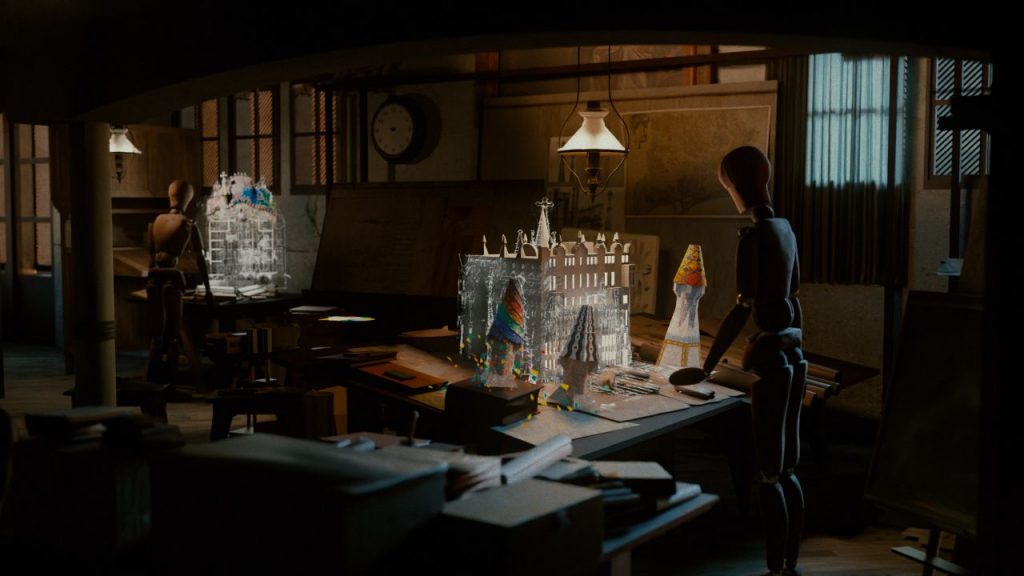
The “Small Stories” format
V. A. – We quickly focused on LBVR for cultural institutions (museums, theater, dance, media libraries, etc.) to offer a unique and agile operating format. Multi-player (up to 15 users depending on the project), nomadic and accessible to all audiences. Of course, we’re capable of deploying it for other uses, but the cultural industries remain our DNA. We really believe in the collective use of virtual reality outside the private home, which is rather dedicated to solitary use. The Small Stories solution is designed to be competitive and affordable for venues wishing to host us, and accessible in the simple mediation it offers. We support them every step of the way, from acculturation to setting up a business model.
V. A. – This approach has turned Small Creative into a fully-fledged production company, with a real eye on the entire value chain, from initiation to distribution. Our producer status enables us to bring together the right partners for each project, like the Gédéon group and NHK on GAUDI – L’ATELIER DU DIVIN. Building networks of partners at all levels is essential, because our idea is to use this standard of distribution to develop collections of projects by genre (heritage, theater, cinema, digital arts, etc.), build loyalty among our partners or acculturate new ones, and grow the Small Stories catalog.
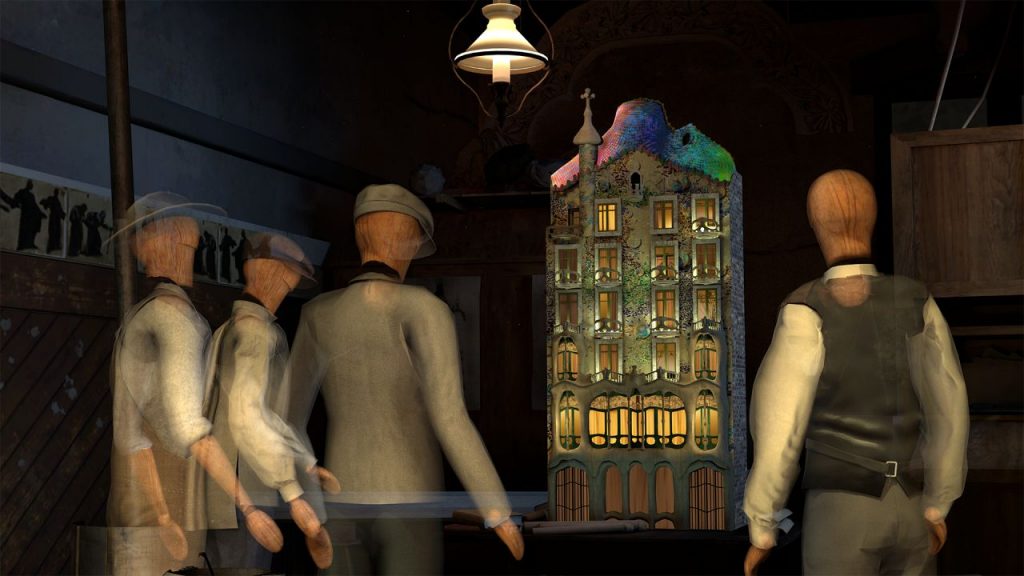
V. G. – We really need to think of our solution as a toolbox that brings together all our R&D, at the service of the venues that present our works. In the search for stable business models, which we all need to move forward… As the years go by, this becomes really necessary! XR is a booming sector, but one that still needs to be taught, and we really think that the role of the producer – over and above ensuring the final quality of each project – is to remain very open to discussion, while also being transparent and firm with our interlocutors about what is possible, and above all stable in terms of distribution and associated costs. The technology is now known and mature, but that doesn’t mean we can do everything with it! You have to be able to sell a project that works, and take into account the venues where it’s shown, their visitor flow, etc… That’s what we did with BIFAN in July, sending our Small Stories cases to Korea and then providing remote after-sales service. They installed everything (in an absolutely crazy place, by the way!) after a short online training course, and thanks to a very complete documentation we wrote, which now makes it possible to sell the format and install it remotely.
A collective and cultural LBVR model
V. A. – It’s not a question of maximizing admissions at all costs, but of calibrating the right flow for the right venue, and ensuring the right conditions for distribution. Whenever possible, we try to tie in with major cultural events – such as GAUDI – L’ATELIER DU DIVIN, which accompanies a major retrospective exhibition dedicated to the artist (“Gaudí and the Sagrada Família“, currently in Japan with the support of NHK). Our ambition is not to replace existing media, but to offer added value, an extra soul with the XR, which will also bring new audiences to places where they haven’t been coming before.
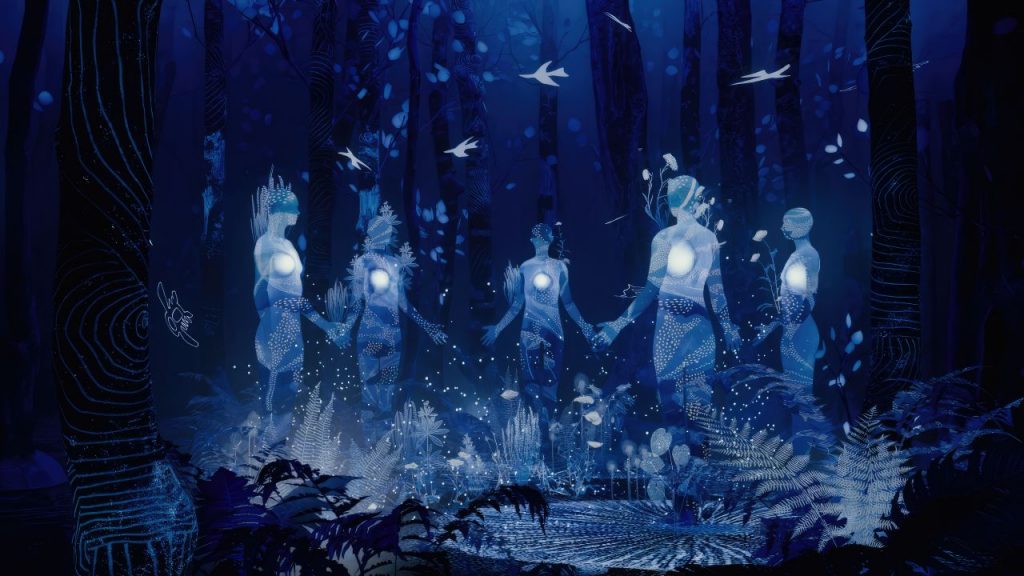
V. A. – We did a lot of testing, especially on our first projects. We thought, for example, that the format’s main asset lay in its interactivity, with the idea of producing highly gamified projects. As the tests progressed, we realized that this component could be exclusive for a certain number of audiences, and it was indeed collective immersion that scored points. This is not to say that the interactive component no longer exists, but it is becoming more or less discreet, depending on the genre.
V. G. – It was while accompanying CALL ME CALAMITY (by Samuel Lepoil, co-produced with Rémi Large for Tamanoir Immersive Studio) that the idea emerged to focus on immersive experiences that would stand out for their ability to involve the viewer without having overly forced, or even gimmicky, interactions. Initial tests did not match these desires, however, and were followed by a number of consequent iterations. This shift was essential for us. It’s the desire to produce collective experiences that interests us, not works for a single viewer. The experience of a group, whether they know each other or not, this “living together”, the idea of a shared situation in a physical place (and not all alone online) remains the driving force behind our strategy. Society is in the midst of a digital transition, and many cultural venues are keen to adapt: so we need to encourage the public to come and enjoy experiences outside the home, in places where they will, perhaps even unwittingly, come face-to-face with culture in a different way.

A great year in 2023 (and 2024?)
V. A. – Last year we were present in Venice with two projects at the Gap Financing Market. I’m pleased to announce that they’re doing well, and that we’re going into production on MAMIE LOU, an animated VR short by Isabelle Andreani, which deals sensitively and poetically with the end of life for the elderly. It’s a co-production with Luxembourg (Skill Lab, Studio Zeilt) and France Télévisions, for release in the first quarter of 2024. We have also finalized, with the help of France Télévisions, the vertical slice of AMAZING MONSTER (by Raphaël Penasa and Allison Crank, based on an original idea by Jonathan Droz), a fantastic VR game about fishing in the midst of the magnificent Swiss lakes, which we are co-producing with the Swiss studio WOWL. We are now looking for a publisher to launch production of the entire game. Finally, we’re also entering production on MOI FAUVE (by Joséphine Derobe, a Venice regular, and Claire Allante, our artistic director). You can come and see this project, which is also multi-user and will be presented in Small Stories format at the Biennale Nemo, at Centquatre in Paris, at the end of the year.
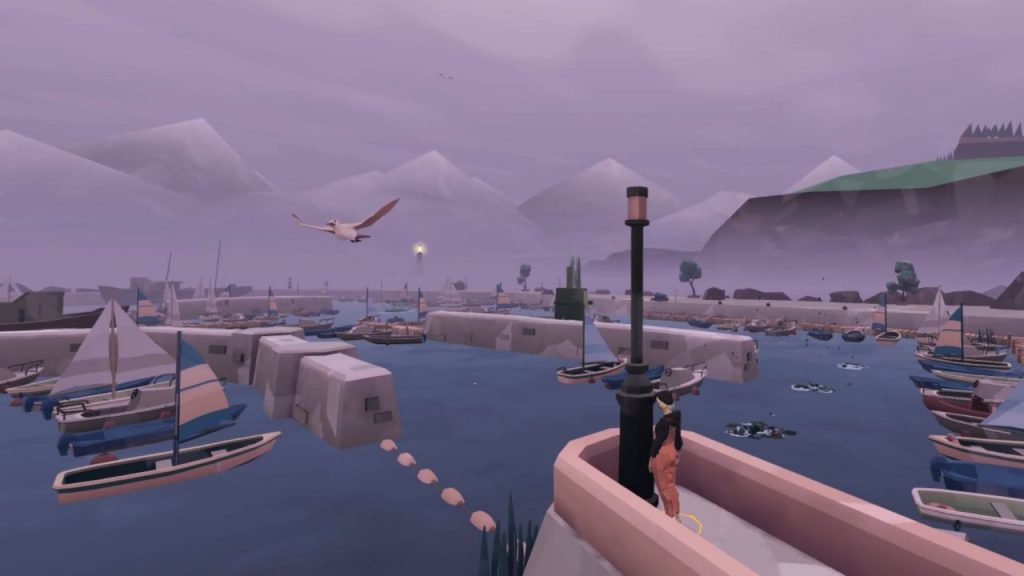
V. G. – A more theater- and dance-oriented project, ENTREZ DANS LA DANSE (by Julie Desmet Weaver and Eugénie Andrin), for domes, had its world premiere at the Théâtre Chaillot at the end of June, in co-production with the Tchikiboum… company. We’re also working with the Musée de la Marine, which is about to reopen in Paris with monumental immersive installations, and we’ll soon be announcing other exciting collaborations. Last but not least, we’re involved in porting projects such as BIOLUM (IKO), AYAHUASCA (co-produced with Atlas V and A-Bahn) on Quest 2, or NOTES ON BLINDNESS (Atlas V) for projection in the Oasis immersive room in Montreal. In terms of skills, we remain technology agnostic, being available for all XR/VR/AR/MR formats…and can intervene on more technical operations. The same goes for hardware, with a fleet of HTC, Quest or Pico headsets, depending on usage.
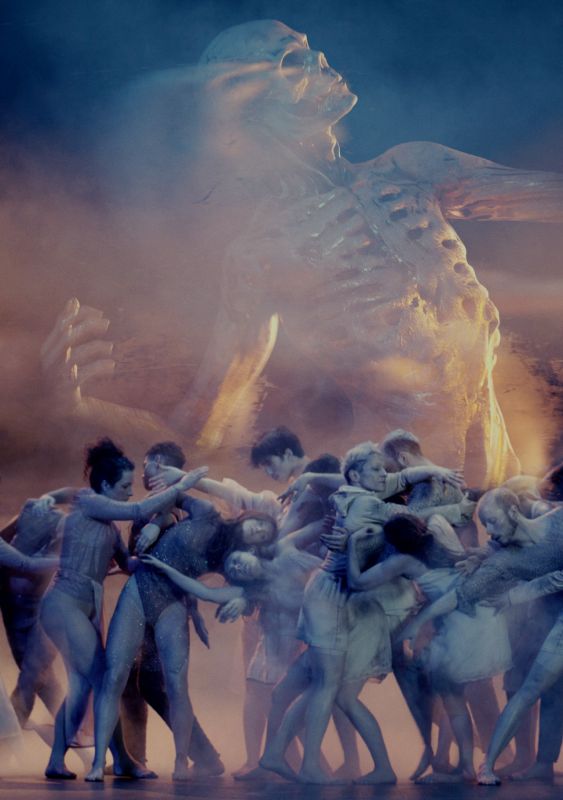
Strengthening the expertise of French immersive studios
V. A. – For the past year, we have been deploying our know-how on a range of projects with a similar technical format, but with a wide range of artistic choices. We believe it’s essential for the industry (LBVR theaters, cultural venues, etc.) to turn to studios like ours to anticipate available experience and technical hazards, so as to offer more stable operations. As part of this process of acculturation, deployment and structuring of the industry, we are also at the origin of the French Immersive Studios network, which brings together 9 highly committed studios and the best of French immersive creation. This collective is destined to grow, while respecting our know-how, our demand for quality, and our indestructible determination to help this virtuous ecosystem grow.
V. G. – We need to create an industrial impetus, supported in particular by France 2030, to stabilize the studios that do the work of innovation (R&D). That’s what we want to bring to existing cultural venues. And we want to do it with them, not for them, because they’re the ones who attract the public. It’s a team effort. That’s how we’re going to perpetuate these new immersive works of broadcasting, and (finally!) lay the sound foundations for a mature industry. CQFD!



Leave a Reply
You must be logged in to post a comment.